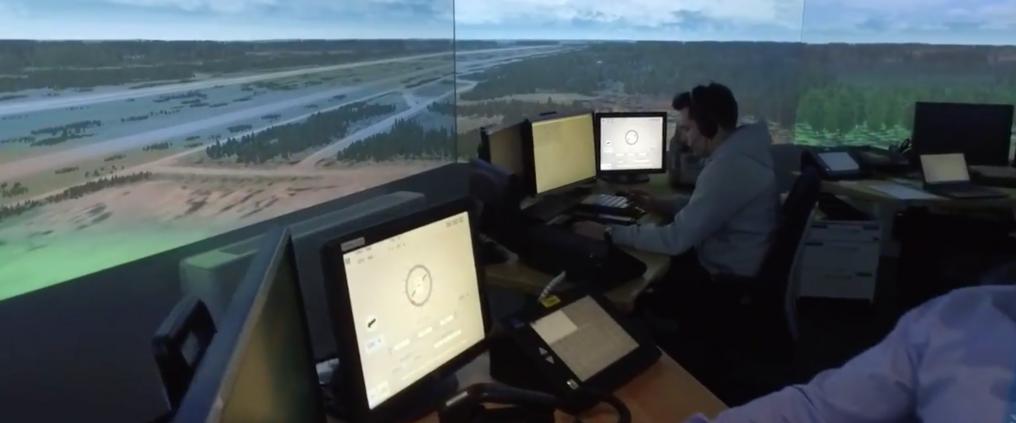Jaakko Kleemola works as a regional air traffic controller in the Finnish area control centre at Helsinki Airport.
‘We monitor all air traffic in Finland – both overflights that use Finnish airspace and traffic between airports. Safe and flexible air traffic requires that all aircraft maintain a sufficient distance from one another’.
From details to the big picture and anticipation
‘The work of an air traffic controller calls for constant precision. You must pay attention to details, comprehend the general view, and anticipate future situations, all at the same time’, Kleemola states.
Spatial perceptive skills and the ability to withstand pressure are thoroughly tested in the admission of students to air traffic controller training. That is why Kleemola applied, because he wanted an interesting practical occupation where graduation would take a relatively short time. He thinks this was the best decision of his life.
‘Some friends who work in this field were my idols. So, I knew what to expect – but those expectations were even exceeded’, says Kleemola, who graduated as an air traffic controller in 2008.
Colleagues swap roles
Kleemola’s first job was at Pori airport. From there, he first moved to Tampere as a regional air traffic controller and later to Helsinki Airport.
Unlike many other air traffic controllers, regional air traffic controllers work as pairs of colleagues. One controls flights and communicates with crews, the other monitors the situation outside his or her own area of responsibility and stays in contact with other air traffic control units. During peak hours Finland is divided into several areas of responsibility, while at night time the whole country is one area of responsibility.
‘We work at the radar display for no more than one hour at a time, and then we take a break for at least 30 minutes. We usually swap roles after the break’, Kleemola says.
Regional air traffic controllers do continuous three-shift work. In the daytime the shifts last 7–8 hours, while the night shift is 10.5 hours. A four-week shift list typically contains three night shifts.
Attracted by responsibility, balanced by family
Kleemola thinks that the best features of working as an air traffic controller are both the responsibility and the fact that the work remains at the workplace.
‘Sometimes I can independently decide which aircraft goes first and in which direction. The biggest challenge is reacting correctly to sudden situations. I must always prepare for them when the shift begins’.
Kleemola likes physical exercise and family life as a counterbalance to the work. His family includes two small children and his wife – she is also an air traffic controller.
‘In the future, I would like to seek training duties. Working abroad might also become an interesting alternative’, Kleemola ponders.



